I and Imma have been invited on the 27th of May to go to Pisticci in the region of Matera in the deep South of Italy. The invitation was for the presentation of the PLUS (Pisticci Urban Sustainable Lab) HUB. It is an interesting project developed by some citizens of Pisticci. The idea is to restore some abandoned buildings in the ancient center of the town and to create creative spaces. These will be the driving force of the urban renewal process. The project involves directly all the local institutions, the University of Naples Federico II and other centers of research.
However, this article won’t talk more about this topic, it will be less serious than the other ones previously posted. It will be more focused on the photos and the landscapes. We started our journey from Matera, the second city of the Basilicata region, which is really important for the cultural and historical heritage. Since 1993 is considered a World Heritage Site by Unesco and it is among the oldest continuously inhabited cities in the world. It has been inhabited since the 10th millennium BC. In 2019 the city will represent the European Union as the European Capital of Culture.
We left early in the morning aiming at visiting as many places as possible along our route. We wanted to enjoy the beautiful sunny day and we tried to take as much photo as we could. Without any stop, our trip would have lasted about 45 minutes even if our intention to lose ourselves in the dirt tracks, we were looking for all the road off the beaten path. So we decided to spend some time laying down on the wheat grounds in the valleys of the region. Actually, the Basilicata is among the biggest producers of wheat and flour.
With these photos is possible to appreciate all the beauty of this abandoned and forbidden lands where the yellow and green of the fields encounter the blue of the sky and the white of the clouds. These landscapes remembered me the amazing photos of the well-known Franco Fontana.
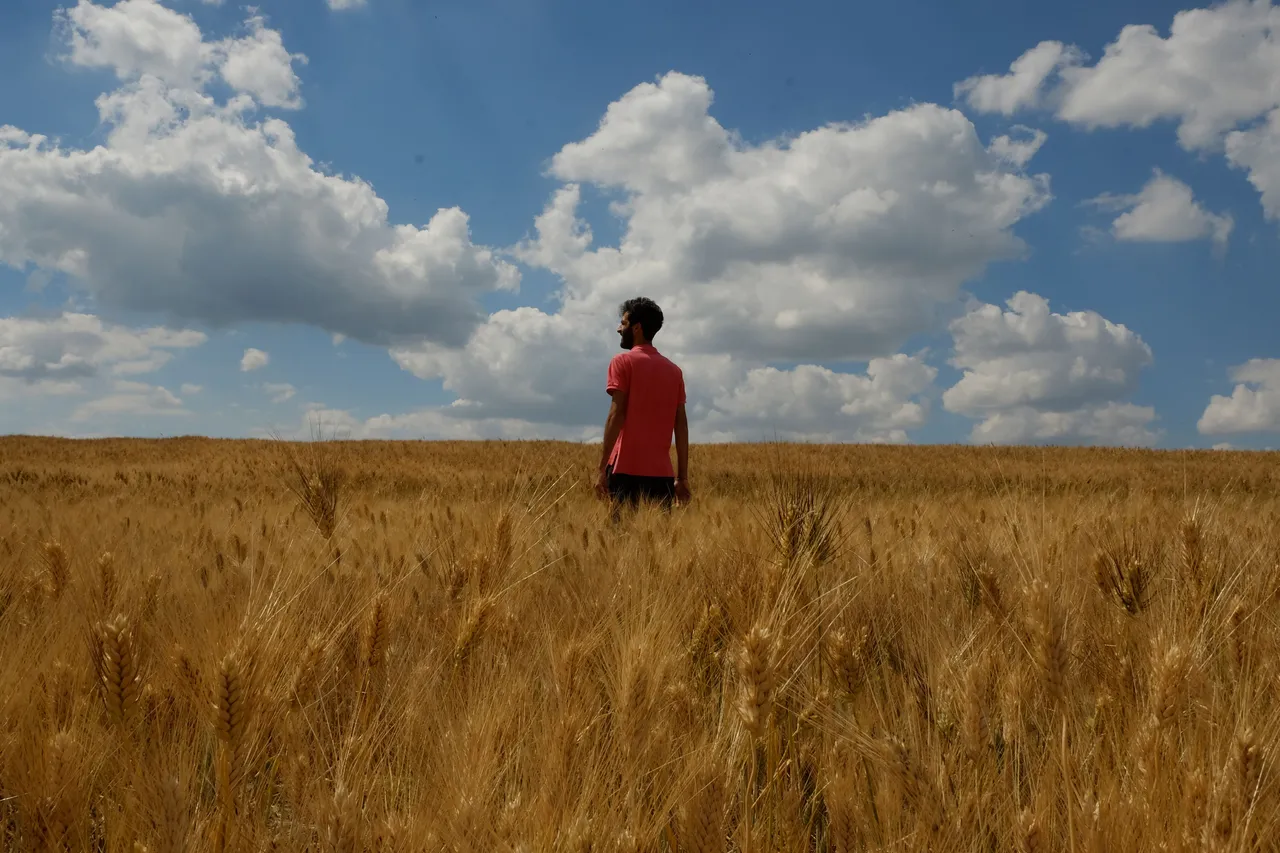
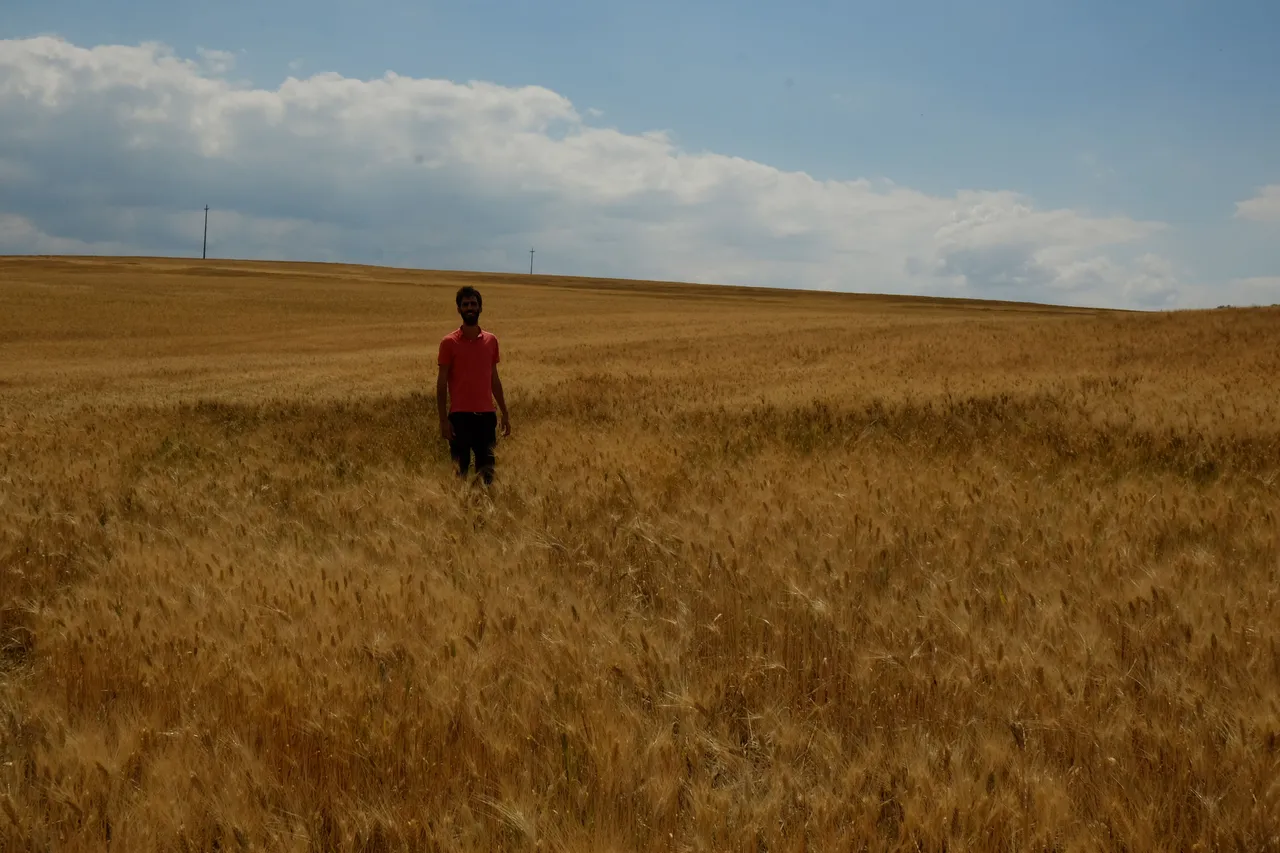
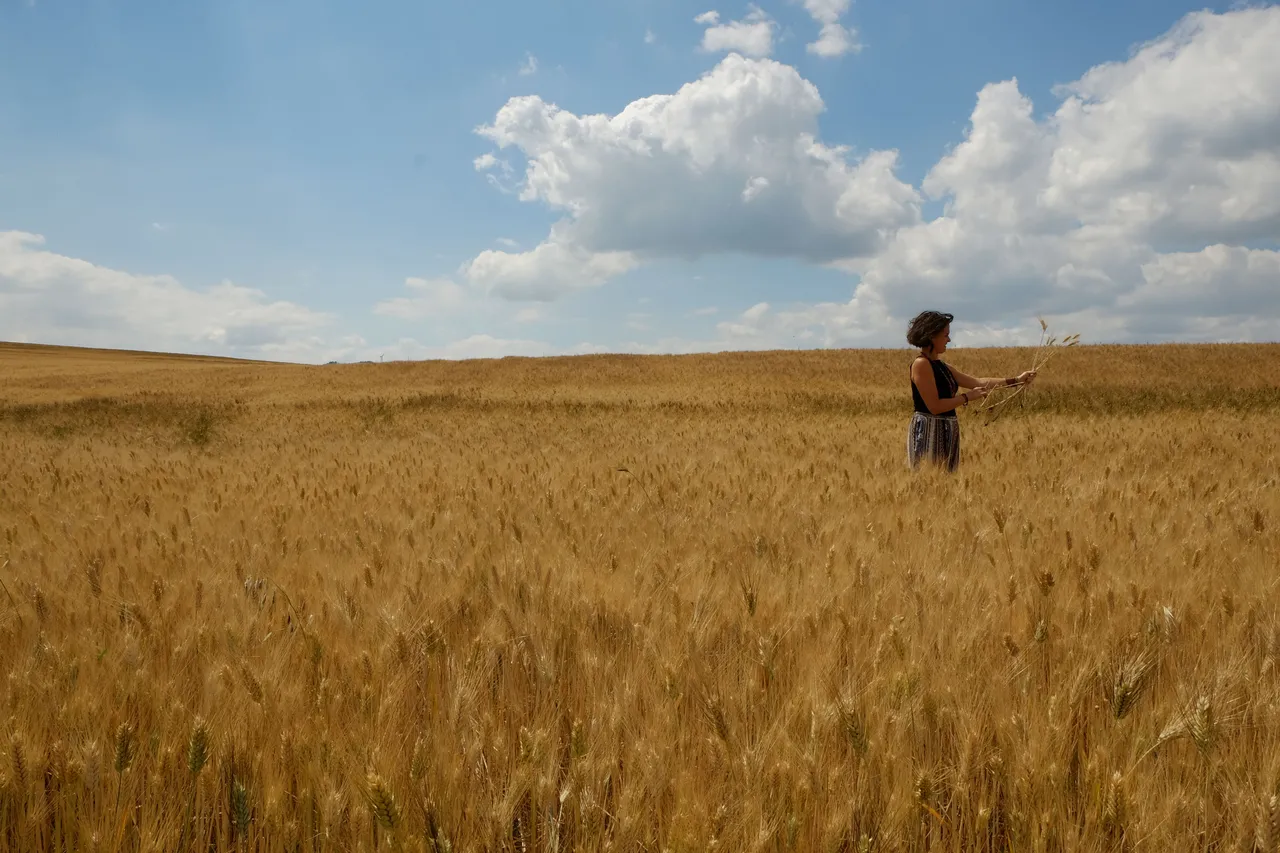
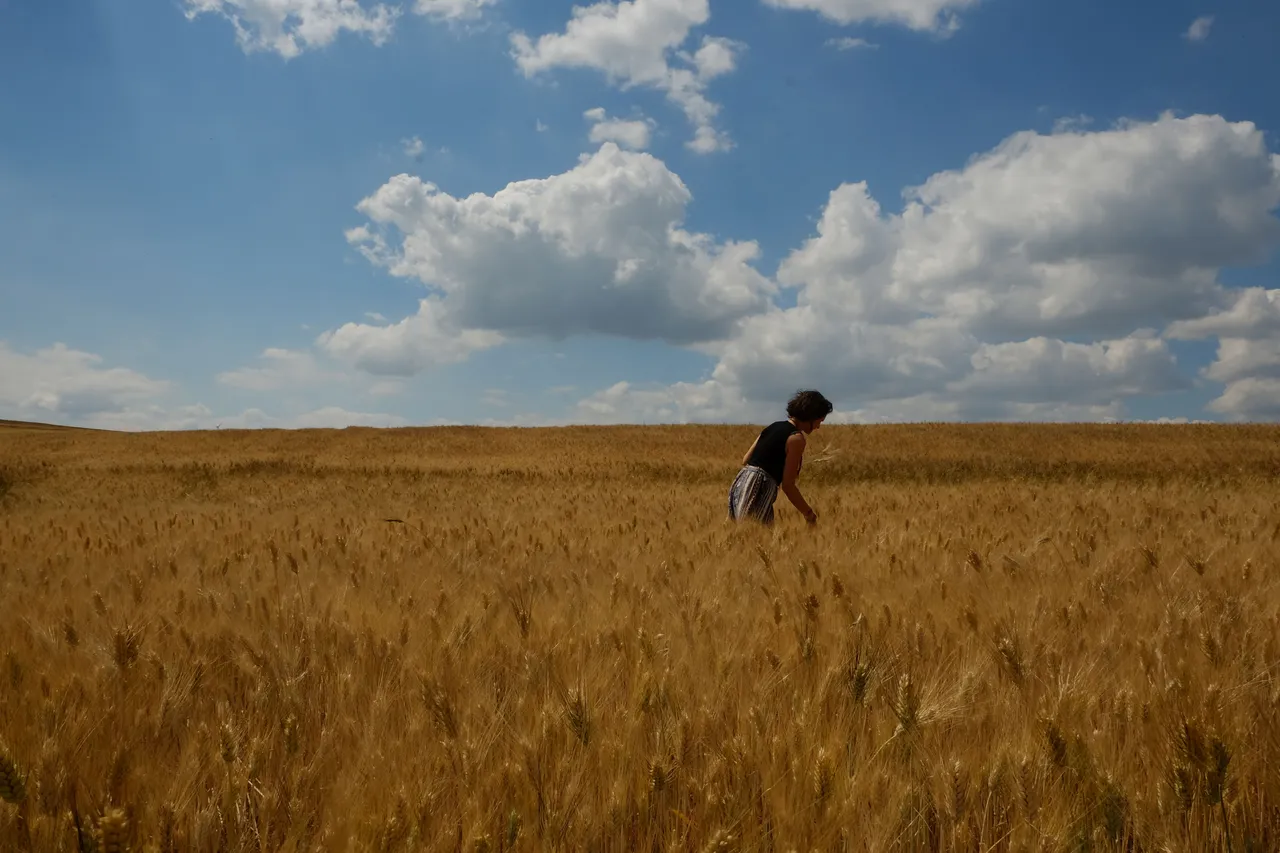
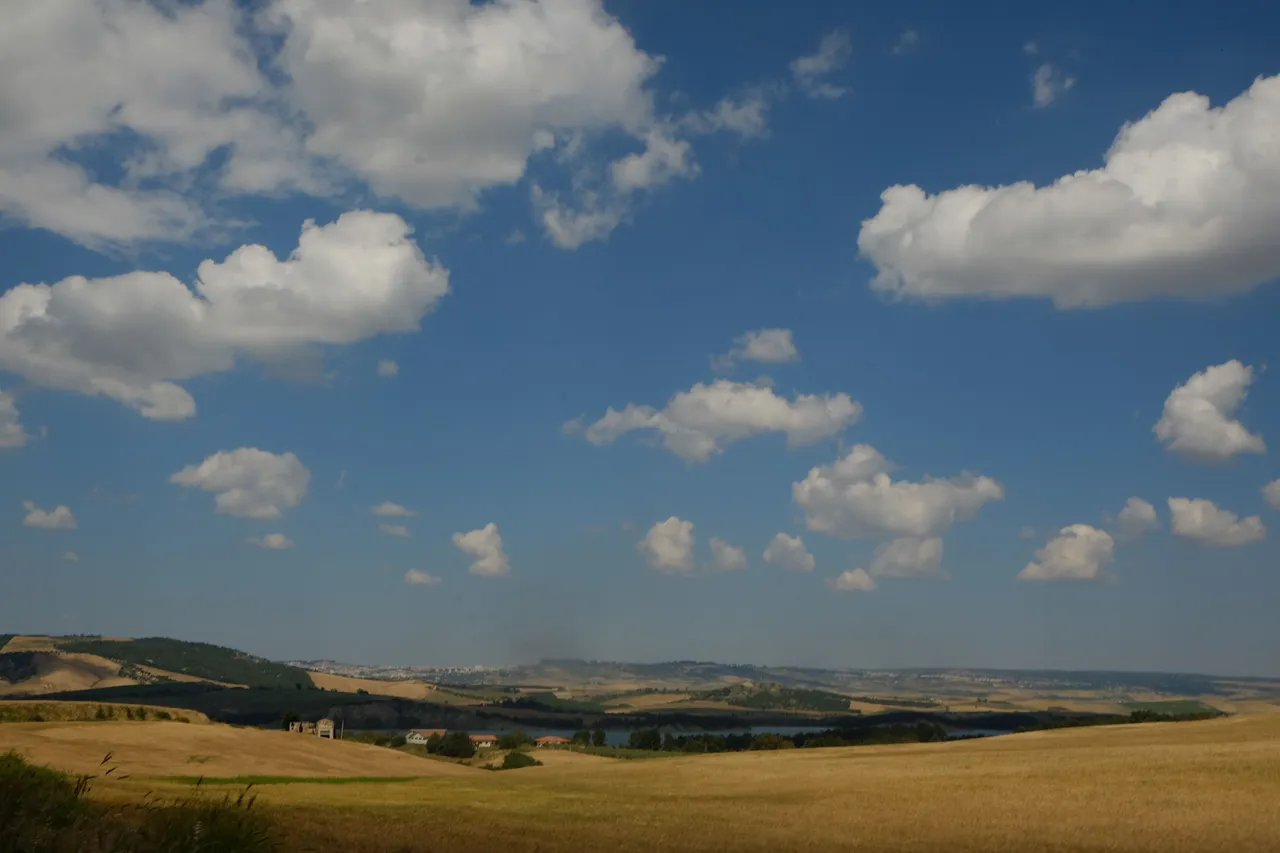
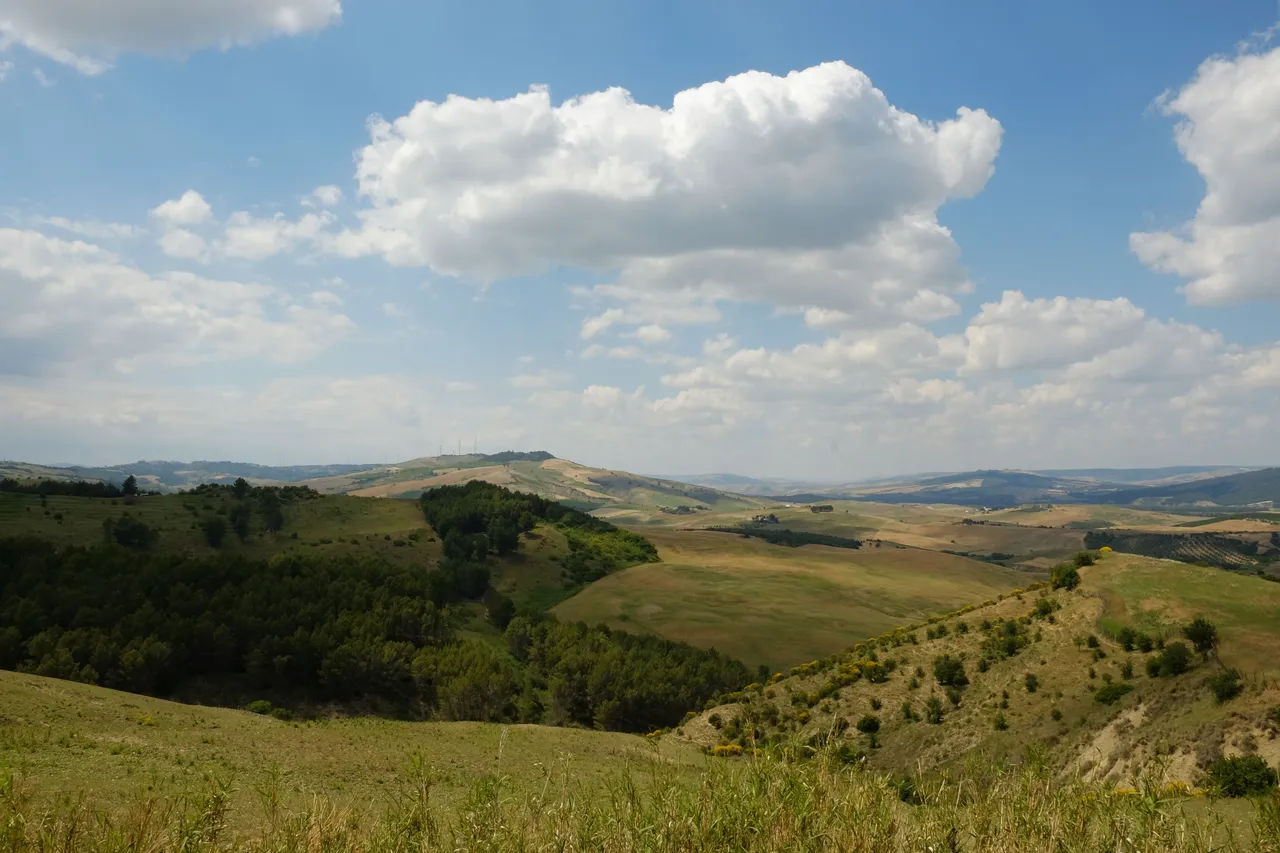

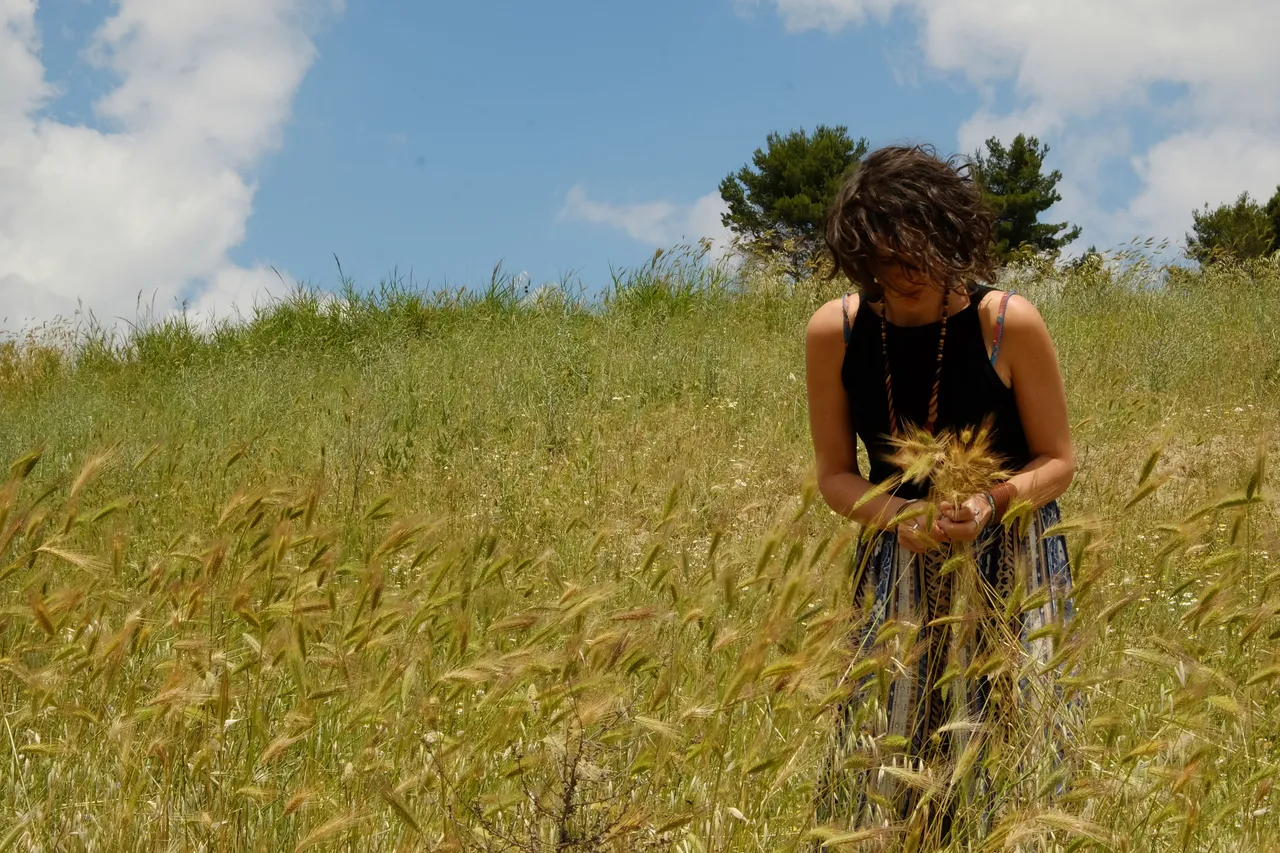
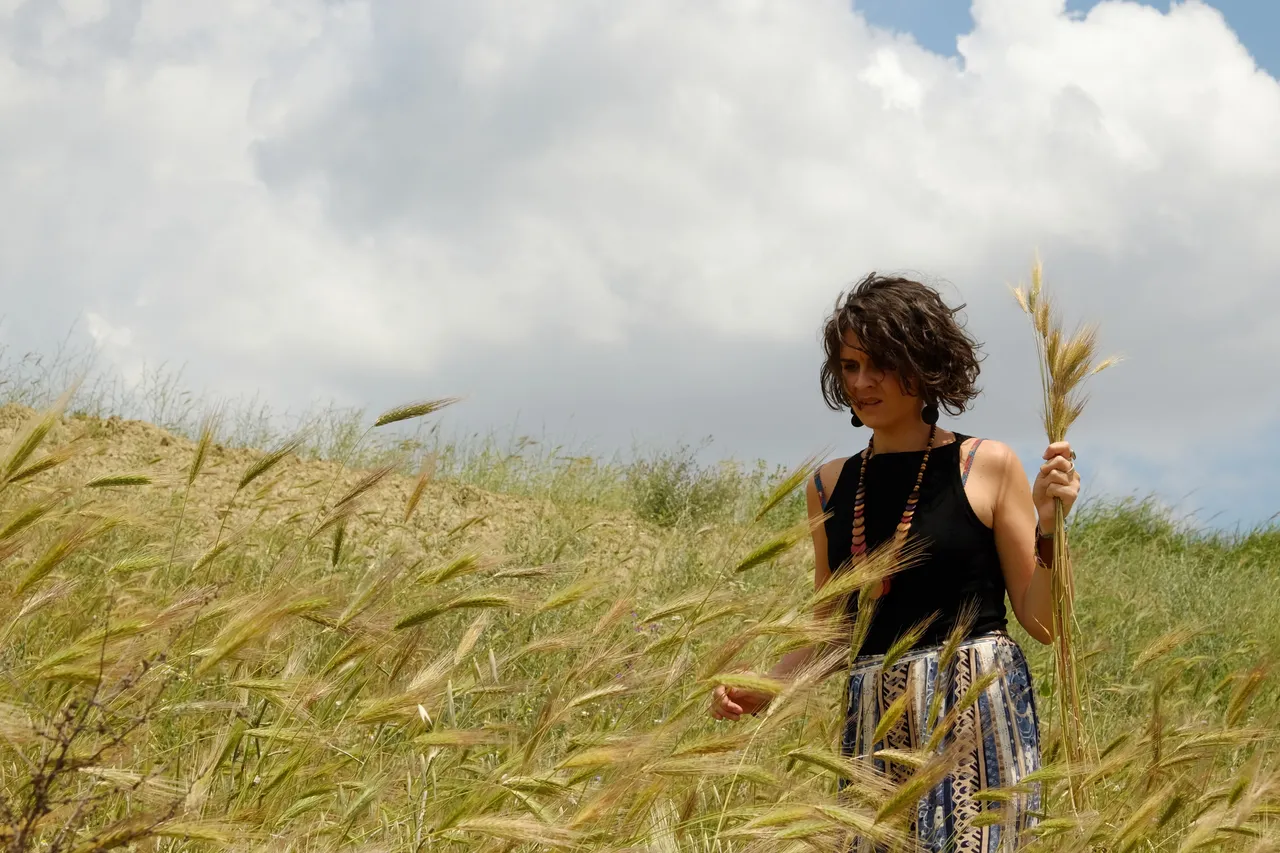
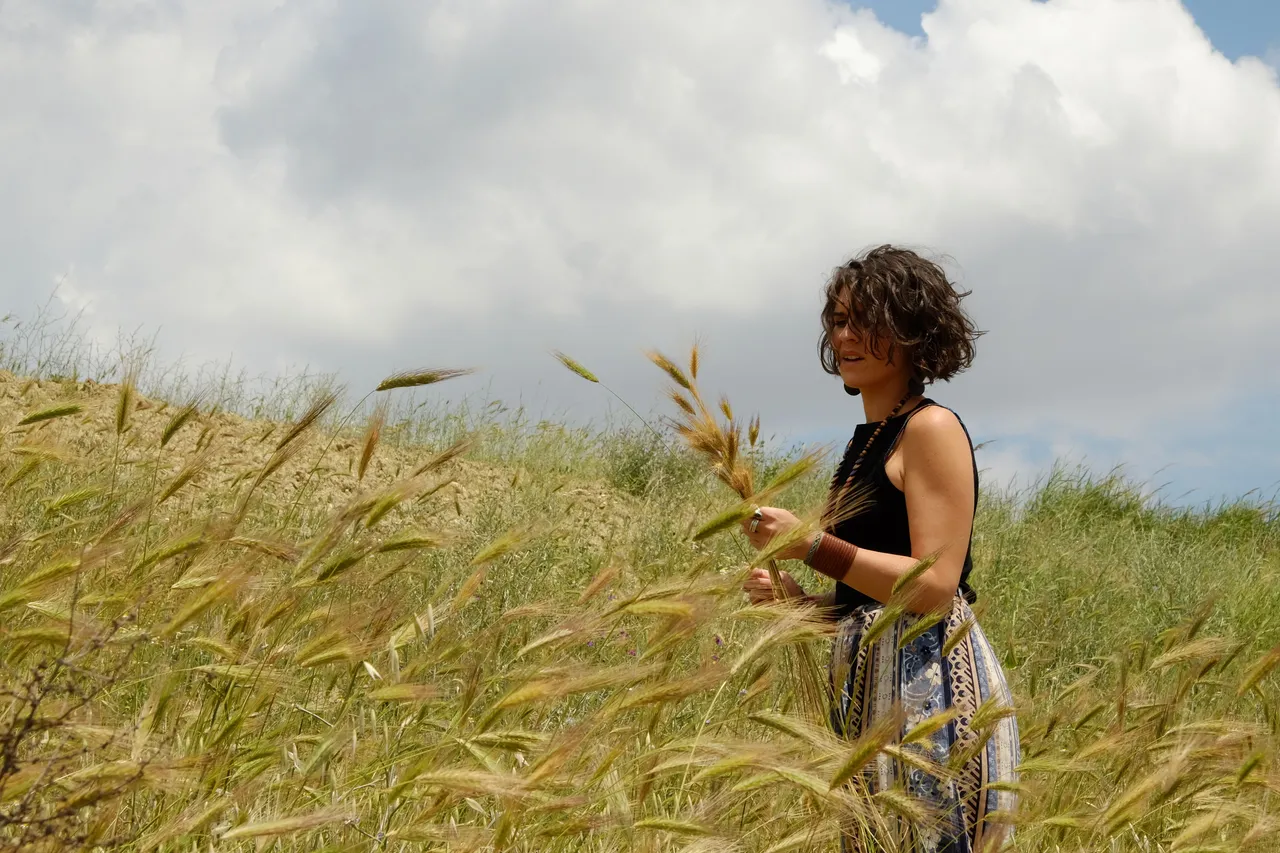
VERSIONE ITALIANA
Era il 27 maggio quando io e Imma siamo stati invitati ad andare a Pisticci in provincia di Matera. L’invito era per la presentazione del progetto PLUS (Pisticci Laboratorio Urbano sostenibile) Hub. È un progetto molto interessante che stanno sviluppando alcuni abitanti della piccola cittadina lucana. L’idea è quella di riqualificare alcuni locali abbandonati del centro storico e creare degli spazi creativi, che saranno motore del processo di rigenerazione urbana. Al progetto partecipano attivamente anche le varie istituzioni territoriali, l’Università Federico II di Napoli e altri centri di ricerca.
Questo articolo del blog avrà però tutt’altro tema, moto meno serioso di come è cominciato ma altrettanto interessante per i luoghi che abbiamo avuto la fortuna di incontrare nel nostro viaggio. Siamo partiti da Matera, seconda città della Basilicata e importantissima dal punto di vista culturale, storico e del patrimonio. Nel 2019 sarà capitale europea della cultura.
Partimmo di buon mattino con l’intenzione di visitare quanti più luoghi possibili lungo il tragitto e approfittare della bella giornata per scattare qualche bella foto. Da Matera, senza soste, ci avremmo impiegato circa 45 minuti, ma non era quella la nostra idea di viaggio. Volevamo perderci tra le stradine sterrate delle campagne e goderci il sole tra le grandi valli di spighe di grano che fanno della Basilicata una delle regioni maggiori in Italia per la produzione di grano e farine.
In queste foto è possibile ammirare tutta la bellezza di quei paesaggi nei quali si incontrano il giallo e il verde dei campi con il celeste del cielo e il bianco delle nuvole. Ricordano moltissimo le fotografie del maestro Franco Fontana con i suoi paesaggi colorati.